2014
Type of resources
Available actions
Topics
Keywords
Contact for the resource
Provided by
Years
Formats
Representation types
Update frequencies
status
Scale
Resolution
-
A partir des données Corine Land Cover, la carte présente l'évolution de l'urbanisation entre 1990 et 2006. L'objectif est de visualiser et de calculer la part de l'urbain situé près des grands axes routiers traversant le Parc Naturel Régional des Landes de Gascogne. Zone d'étude : L'urbanisation au nord du PNR représente un fort enjeu car la zone étudiée est située entre le Bassin d'Arcachon et l'agglomération bordelaise, et est bien desservie par le réseau viaire. La zone d'étude correspond aux communes du nord du PNR desservies par les routes primaires (définis par la BD TOPO 2009 de l'IGN) Données utilisées : -Corine Land Cover 2006 -Corine Land Cover Evolution 1990-2000 -Corine Land Cover Evolution 2000-2006 -BD TOPO 2009 Routes primaires de l'IGN -GEOFLA Communes de l'IGN -Limites administratives du PNR des Landes de Gascogne Traitement des données : Permet d'identifier : - la part d'urbain situé près des grands axes routiers desservant le PNR des Landes de Gascogne par rapport au bâti de la zone d'étude - la part d'urbain situé à proximité des grands axes routiers desservant le PNR des Landes de Gascogne - l'évolution du bâti depuis 2006 par rapport à 1990 sur la zone d'étude - la part du nouveau bati (entre 1990 et 2006) implantée en bordure des grands axes routiers
-
Évolution de l'urbanisation ( DÉFINITION )au Nord du PNR des Landes de Gascogne entre 2009 et 2014. Analyse de l'urbanisation en fonction des routes primaires et secondaires. Zone d'étude : Le Barp, Mios et Marcheprime. Jeu de données : - "Bâti indifférencié" et "bâti industriel": BD Topo 2009 et BD Topo 2014 - "Routes primaires" et "Routes secondaires" : BD Topo 2009 - Limites des communes : GEOFLA
-
Développement d'une méthode pour inventorier les airiaux, afin de les cartographier à différentes échelles prédéfinies.
-
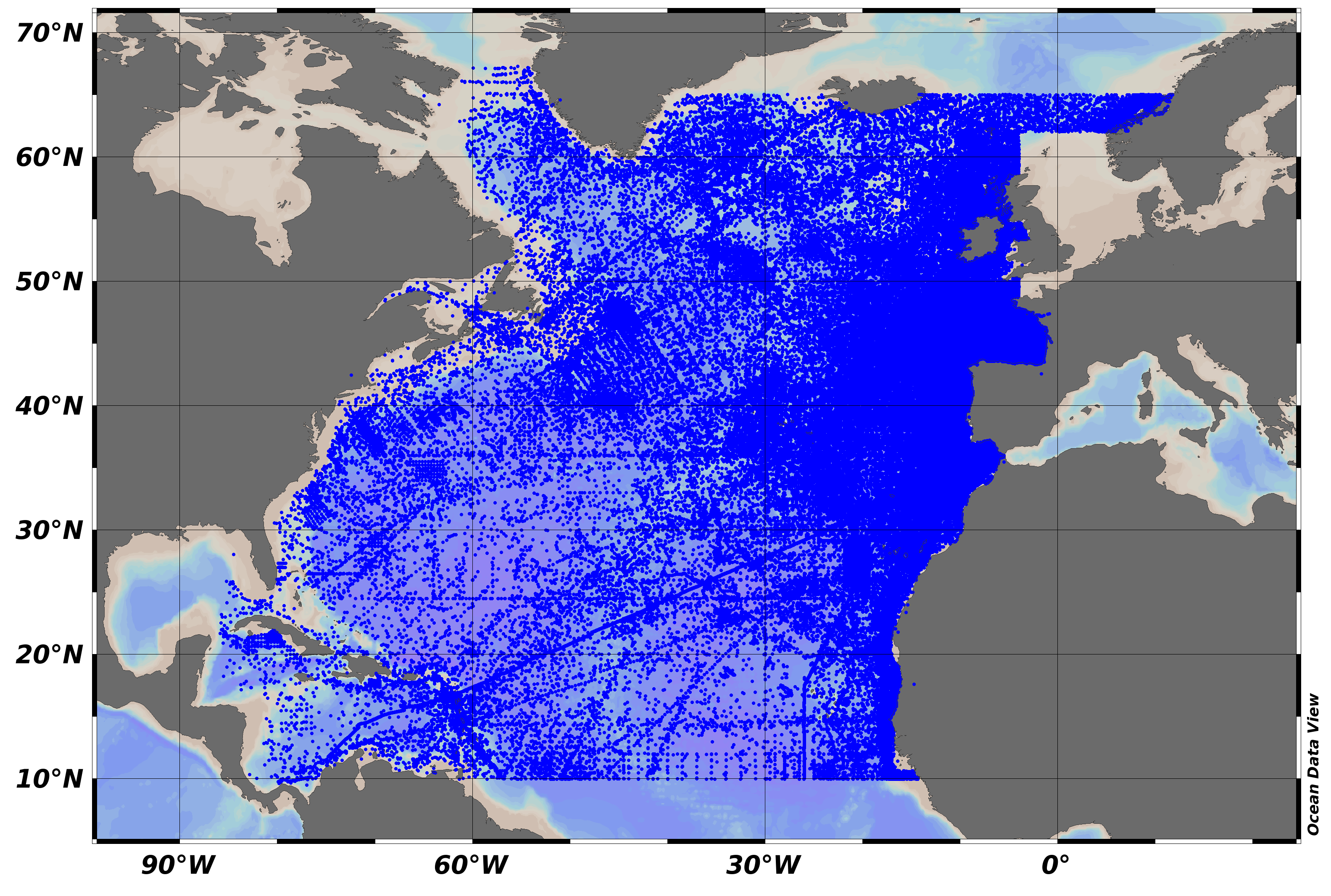
SeaDataNet Temperature and Salinity historical data collection, including revised quality flags after quality control with ODV. For data access please register at http://www.marine-id.org The dataset format is ODV binary collections. You can read, analyse and export from the ODV application provided by Alfred Wegener institute at http://odv.awi.de/
-
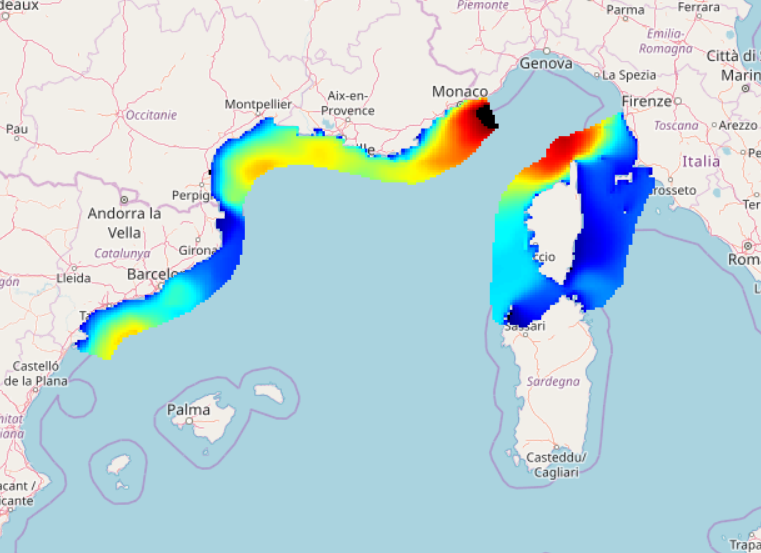
IOWAGA sea-states forecast best estimate generated by the wave model WAVEWATCH-III and forced by ECMWF winds on the North mediterranean grid from 2017 to now
-
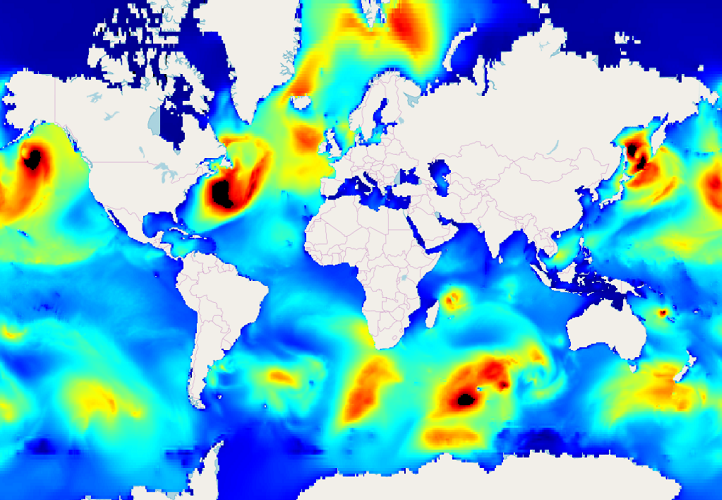
IOWAGA sea-states forecast best estimate generated by the wave model WAVEWATCH-III and forced by ECMWF winds on the Global grid from 2017 to now
-
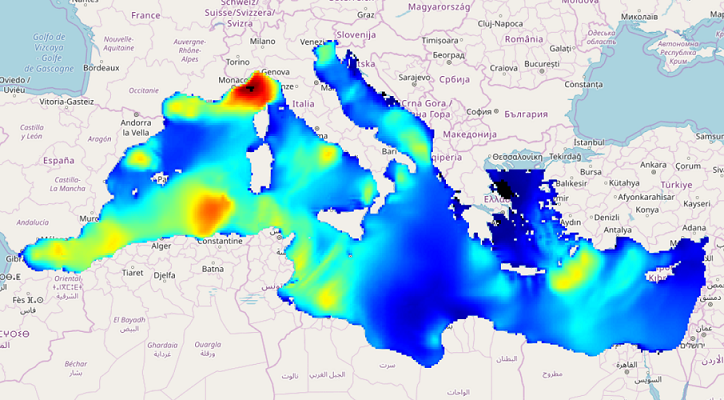
IOWAGA sea-states hindcast database generated by the wave model WAVEWATCH-III and forced by ECMWF winds on the Mediterranean grid over 2005-2017 period.
-
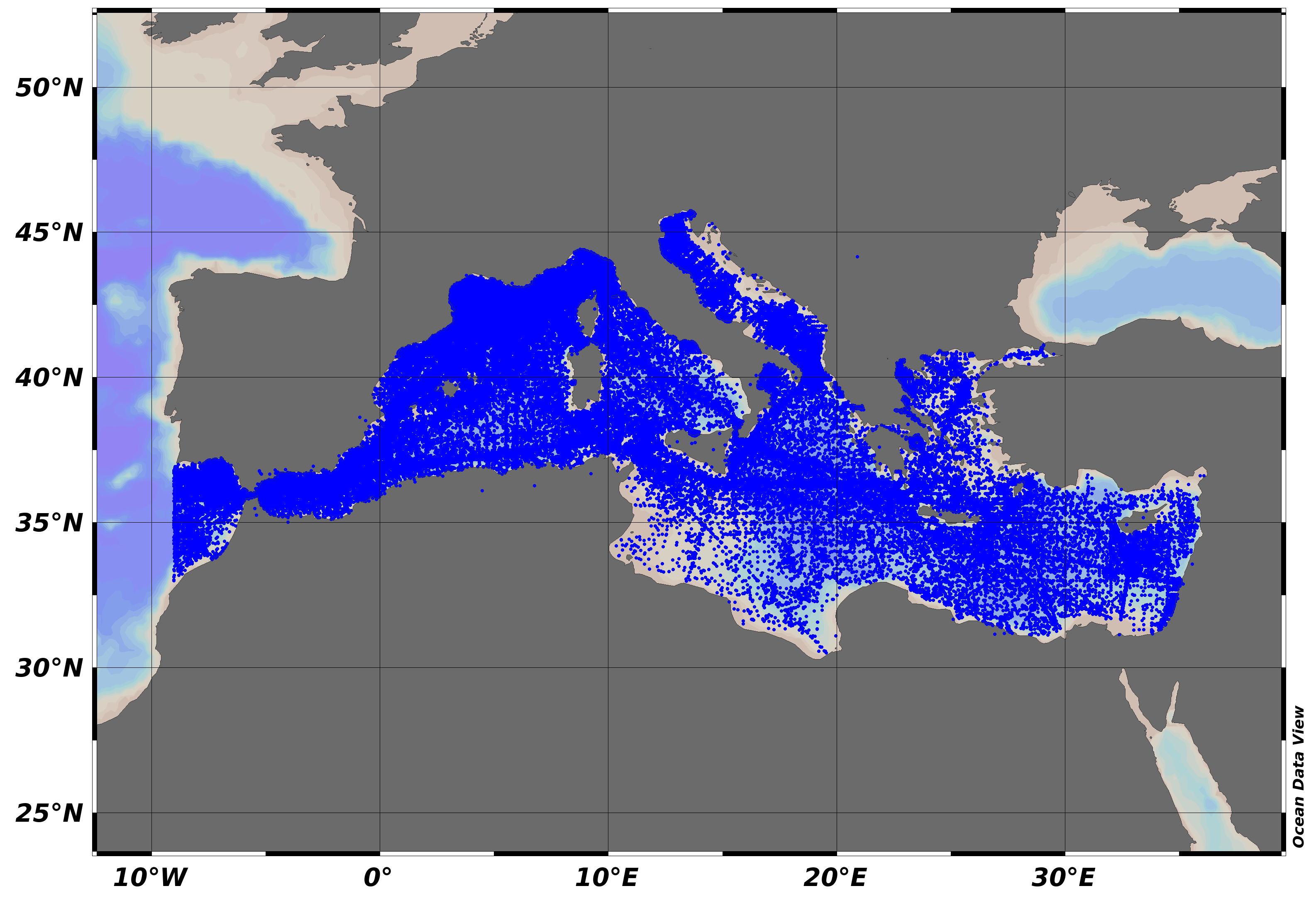
SeaDataNet Temperature and Salinity historical data collection contains all open access temperature and salinity in situ data retrieved from SeaDataNet infrastructure at the end of 2013. The data span between -9.25 and 37 degrees of longitude, thus including an Atlantic box and Marmara Sea, and cover the time period 1900-2012. Data have been quality checked using ODV software. Quality Flags of anomalous data have been revised using basic QC procedures. For data access please register at http://www.marine-id.org The dataset format is ODV binary collections. You can read, analyse and export from the ODV application provided by Alfred Wegener institute at http://odv.awi.de/
-

IOWAGA sea-states hindcast database generated by the wave model WAVEWATCH-III and forced by ECMWF winds on the Global grid over 1990-2012 period.
-

IOWAGA sea-states forecast best estimate generated by the wave model WAVEWATCH-III and forced by ECMWF winds on the Mediterranean grid from 2017 to now
 Catalogue PIGMA
Catalogue PIGMA